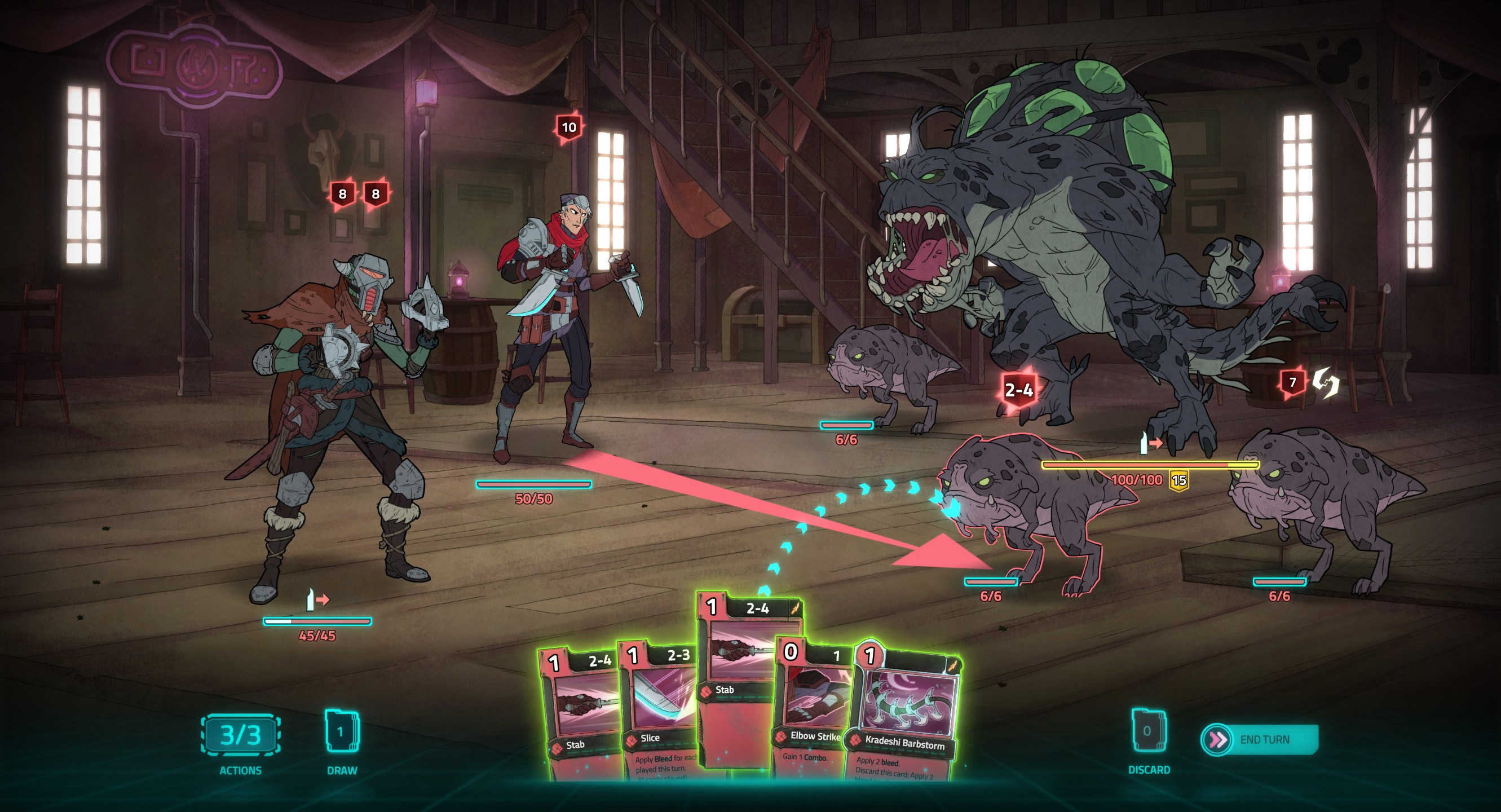
Roguelike is simple enough – every time you die, you begin a new run, having lost the progress you made previously. I’ve covered the narrative element already then, we’ve got the deckbuilder and roguelike aspects to elaborate on. Deckbuilder Mechanics (Are Fun, I Promise!)Ī narrative roguelike deckbuilder is an ambitious proposition in its own right. The tension between several powerful factions all aiming to advance themselves at the expense of all others creates an atmosphere perfect for the hustlers, whether their tools be blasters, blades, or words.īut before I dig my own hole here, and spend several long paragraphs discussing the characters and worldbuilding, I’ll attempt to break down the mechanical side of things. That, of course, and plenty of spoils – and where there’s scum and villainy….well, for grifters like Sal and Rook, there’s coin and opportunity in equal measure. There’s something of the Wild West here, in the way both playable characters, Sal and Rook, approach the issues they are faced with, and both Murderer’s Bay and the Bog have plenty of character on their own, which on both occasions serve to ground the stories told in dirt, grit and iniquity – three things you need for a good Wild West space shoot-out. Part of it has to do with the atmosphere Griftlands creates. Each repetition did take away from the immediacy of something called “A LIMITED TIME EVENT” but that’s one of the sacrifices developers make at the altar of randomly generated content, modular or otherwise.ĭespite the negatives, this mode of storytelling is largely successful-at least for dozens of hours and several playthroughs.

It is true that I have also played through several repetitive beats, for example, limited time events that asked me to step in and save a friendly NPC or watch on as they were killed. In pursuing this modular storytelling, Klei Entertainment has created dozens of quest archetypes and interaction templates between the player character and the hundreds of different NPCs – in preparation for this video, I’ve played over thirty hours of Griftlands and still I come across scenarios, quests or NPC interactions that surprise and delight me. Some of these modules can be interconnected, but most of them won’t be. Lee Sheldon developed the concept of modular storytelling in his book, Character Development and Storytelling for Games, and the way he defines it is as an overarching story that runs throughout an entire piece, but between the few points set in stone that give the framing of this story are isolated incidents, or modules, which change from one playthrough to another. What Griftlands attempts is a deckbuilder that doesn’t only dabble in half-glimpsed lore in the vein of Slay the Spire but attempts to create whole unique playthroughs based on modular stories. But where Slay the Spire aimed for extracting the essence of dungeoneering to its basic building blocks – tense, unforgiving encounters – Klei Entertainment’s aims are at once more ambitious and aimed in a different direction.
Griftlands. series#
Griftlands is the latest game in a series of rogue-lite deckbuilders that have come out over the last several years, following in the steps of such genre-defining pioneers as Slay the Spire, developed by MegaCrit. Without further ado, let’s get to it! What is Griftlands?

In this video(and in the script you are now reading), I will examine two questions, one on the nature of Griftlands, and the second, on whether purchasing it in Early Access is a worthwhile move, judging by what is currently included in this seventeen euro package. They all bear the marks of Klei’s work on them-and so does Griftlands, in every aspect, from the dirge of content to the signature hand-drawn art style, to the addictive gameplay loop.

Yet it’s impossible to argue that games such as Mark of the Ninja, Oxygen Not Included, and especially Don’t Starve have achieved not only cult status but mainstream appeal. My own history with Klei is paradoxical – I love their games, and yet I have played very few of them past the opening several hours, either in terms of content or progression. Early Access is so often little more than a grift a calculated money grab intent on screwing the players over little more than a promising idea – but that has not been the case with Klei Entertainment’s previous games, and it certainly isn’t with the developer’s latest.


 0 kommentar(er)
0 kommentar(er)
